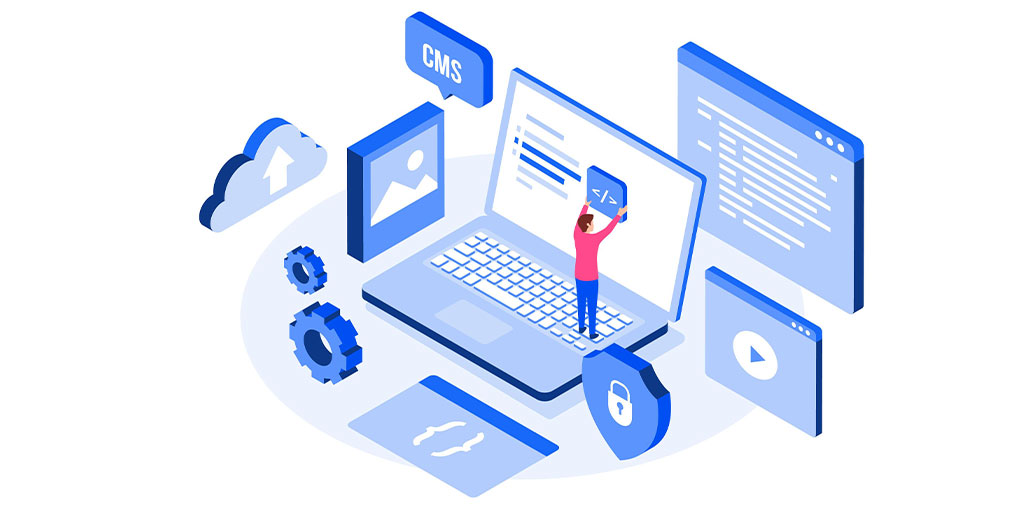When you review the project briefing, one of the most common questions is about how to reduce software development costs. There are many ways to do it without compromising quality, but it’s all about making trade-offs.
Work with software experts
Outsourcing is one method to reduce software development costs. You don’t have to worry about geographic or knowledge limitations. Partnering with a software agency can help you leverage many resources and reduce expenses such as vacations, sick leave, insurance, recruitment costs, and budgets for onboarding and training.
It may seem costly to pay hourly or monthly rates at first. If you choose the right experts, you can start your project from scratch, using best practices and thinking about architecture, IT infrastructure, etc. Before you begin a collaboration, it is important to clearly define the scope of your project and what your requirements are.
Also read: What is Value Stream Delivery Platform and Why it’s so Important
Use prebuilt features
Analyze the features that are already available and determine which ones you can use. You don’t have to use every feature on the list. However, this doesn’t mean that you should. User management and access management system can be created from scratch in two weeks for an hourly fee or integrated with VYou in one day.
This is far cheaper than buying a license annually. This will save you time and lower the overall project cost. Prebuilt add-ons are also tested for functionality and performance, which can make it easier to create a high-quality, affordable product.
Agile
Agile is an insurance policy that protects against market changes. This methodology allows you to design your solution in a way that is flexible and adaptable to market changes. It’s always better to make a mistake early on in the process.
This method allows you to keep an eye on changing market conditions and user expectations. This allows you to adapt and change your strategy continuously, creating a product that is in demand by the target market, even if preferences have evolved during development.
DevOps
DevOps can help you optimize your application’s development budget. This culture and practice are key to DevOps. It allows team members to interact better with customers and each other. Software developers and the people responsible for operating the application share clear responsibilities and It helps to avoid shifting responsibilities between team members. DevOps is the intelligent consolidation and consolidation of areas.
The main components of DevOps are continuous integration and continuous delivery (CI/CD). This practice allows each module to be gradually integrated into business processes in order to evaluate its effectiveness and provide feedback. This allows you to avoid situations where your application does not meet your business’s goals and requirements.
Essential Features Only
It is important to concentrate on the minimum viable product (MVP). This is the first functional prototype of your solution. You can test it, get feedback, and then iterate.
Also read: Five Types of Software Your Business Can Use to Maximize Efficiency
Right Tools Adoption
Start with tools that can impact your day-to-day work. Platforms for managing customer relationships, projects, infrastructure, testing, and payments, as well as access management, are all common examples.
Automation
Automate as many of your processes as possible when building software. It doesn’t mean you have to reinvent the wheel. Instead of reinventing the wheel, spend your time and money creating new features and improvements.
Automation increases productivity as it allows limited human resources and more efficient use of them to focus on tasks that pay higher returns. You should also consider whether a third-party company has done a better job of developing an automated solution to your needs, or if your time and money are sufficient to create your solution.










Leave a comment